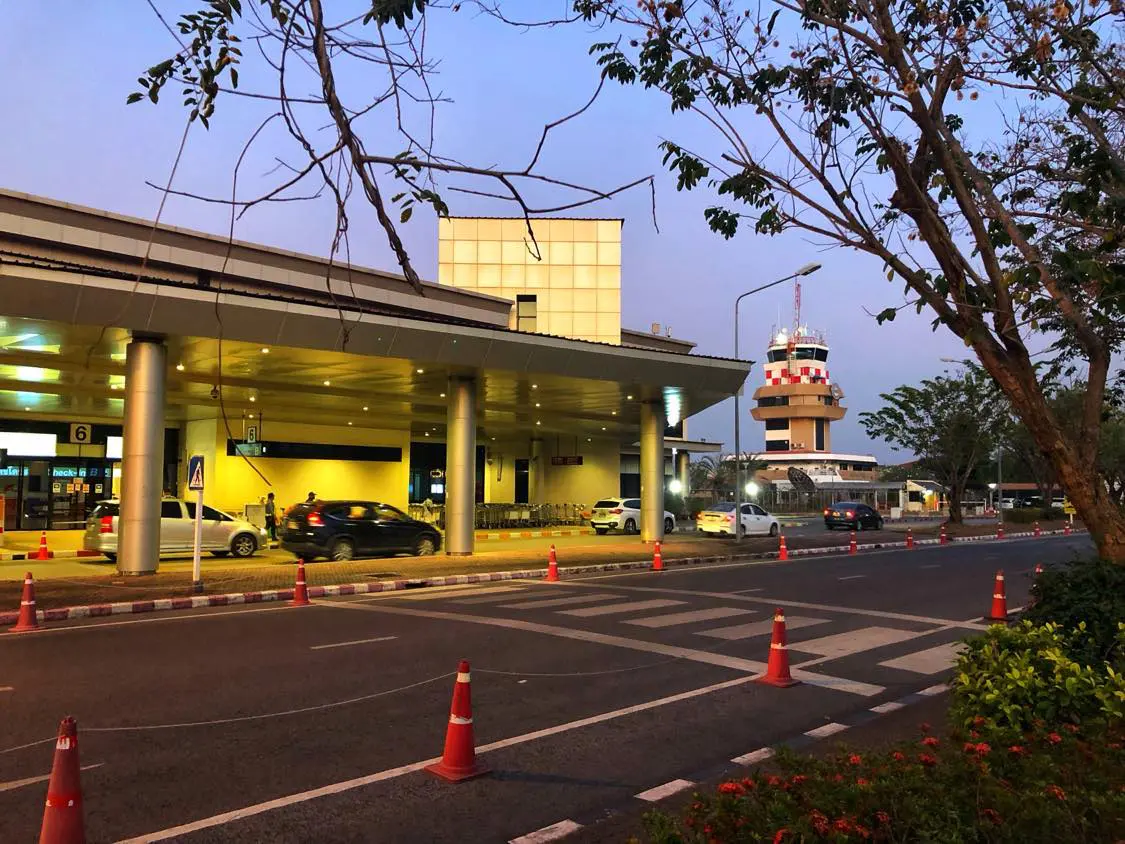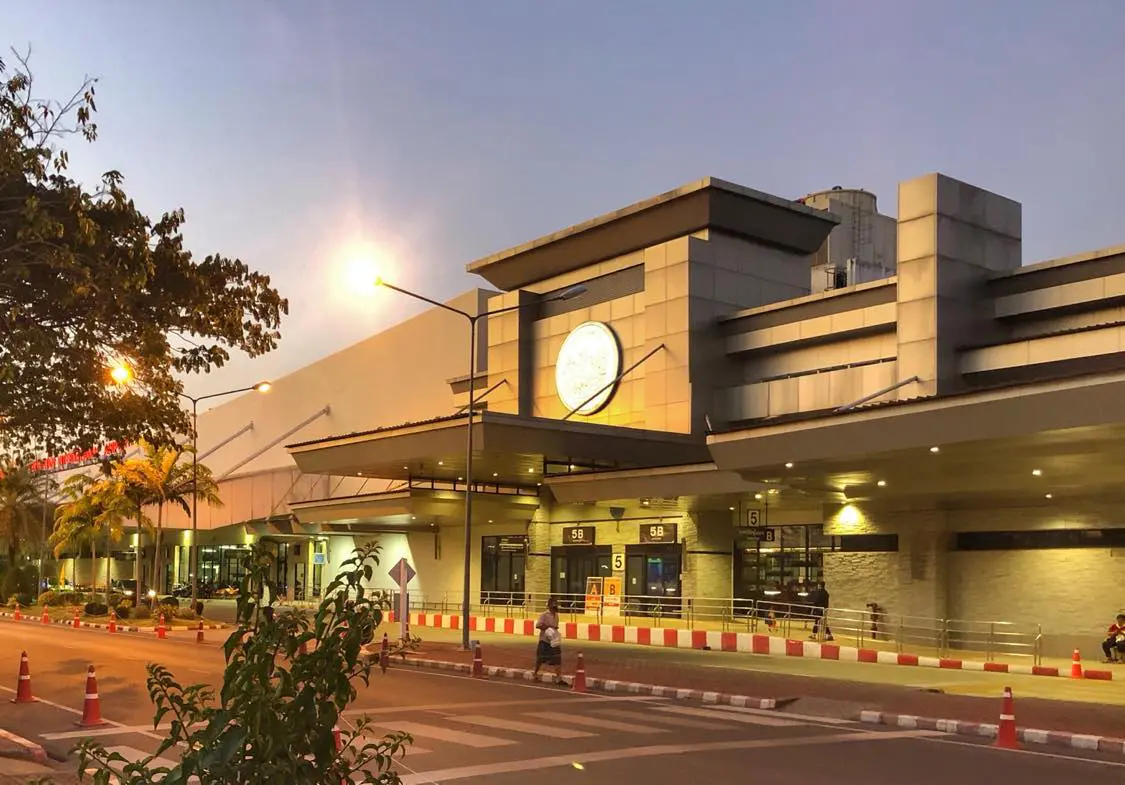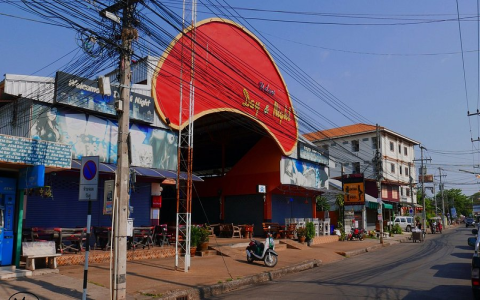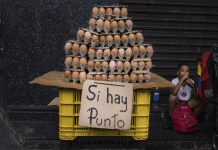So, I decided to build this thing I called “Udon Airport.” Sounds grand, right? I figured, how hard could it be? Get some 3D models, slap some Udon scripts on them, and boom, a working airport in VRChat. Well, let me tell you, it wasn’t quite like that. Not even close.

Getting Started: High Hopes, Early Roadblocks
I dived in, full of enthusiasm. First big hurdle: getting the actual airport structure looking decent. That alone took ages. Then came the Udon part. I thought, okay, visual scripting, it’ll be a breeze. I wanted interactive doors, check-in desks, maybe even a little shuttle train. Simple stuff, I told myself.
The doors were okay. Lights too. But then I got ambitious. I wanted a departures board, you know, with flight info that actually changed. Trying to get that to work, and then to sync it so everyone in the world saw the same thing at the same time? Man, that was a struggle. Udon can be powerful, sure, but it felt like I was fighting it half the time. It’s not just connecting a few nodes when things get complicated. It’s a whole different beast.
The “Easy” Myth and Team Troubles
Everyone says, “Oh, Udon is visual, it’s easy for non-programmers!” And yeah, for basic stuff, maybe. But when you’re trying to build something complex like an airport, with lots of moving parts and states to manage, that “easy” part flies right out the window. It quickly turns into a spaghetti monster of nodes if you’re not super careful. I spent hours, days even, just untangling my own logic.
And here’s a kicker. I wasn’t doing this alone. I roped a buddy into it. Let’s just say “creative differences” became our daily mantra. He wanted all these super flashy effects, stuff that looked cool for five seconds but was a nightmare to implement or would probably tank performance. I was more focused on getting the core things working reliably. It was like he wanted a Hollywood movie set and I just wanted a functional airport. We argued a lot. Good times, huh?
Debugging Nightmares and Scaled-Back Dreams
We had this one period, I swear, we spent an entire weekend trying to fix a bug with the baggage carousel. We wanted it to be interactive, you know, grab your suitcase. Instead, it would randomly, and I mean RANDOMLY, fling avatars across the map. Like, yeet them into the stratosphere. It was hilarious for about two minutes, then just soul-crushing. That was Udon for you – one tiny mistake in your graph, and chaos ensues.

Eventually, we had to face facts. The grand “Udon International Airport” with multiple terminals and working planes wasn’t going to happen. Not with our sanity intact. We scaled back. A lot. It ended up being more like “Udon Regional Airstrip” with one gate, a slightly glitchy departures board, and the infamous (internally, at least) baggage carousel that we eventually just made static.
So, What Did I Learn?
Why am I even sharing all this? Because I see a lot of folks jumping into huge VRChat projects, thinking Udon (or any new tool) is a magic wand. Here’s what my little airport adventure taught me:
- Tools are just tools: Udon is neat, it can do cool things. But it won’t design your logic for you, and it won’t magically make complex systems simple.
- Scope is everything: Start small. Seriously. That epic vision you have? Cut it in half. Then cut it in half again.
- Teamwork is hard work: If you’re working with others, make sure you’re on the same page. And I mean, REALLY on the same page. Otherwise, you’ll spend more time arguing than building.
- Debugging is 90% of the job: Especially with visual scripting when things get tangled. Get good at it. Get patient with it.
So yeah, “Udon Airport” didn’t quite become the masterpiece I imagined. But I learned a ton, mostly about project management, the realities of game dev tools, and maybe a little bit about myself. And hey, at least I have a story about a physics-defying baggage carousel, right?










